Mastering the art of backing a semi-trailer into a tight spot is a skill that separates seasoned truck drivers from novices. The ability to maneuver a long vehicle with precision not only ensures safety but also enhances efficiency in loading and unloading operations. This guide serves to provide comprehensive instructions, tips, and techniques essential for backing a semi-trailer into a parking space with confidence.
Understanding the Basics of Semi-Trailers
1. Components of a Semi-Trailer
Before diving into the techniques, understanding the components of a semi-trailer is crucial. Here is a simple breakdown:
| Component | Description |
|---|---|
| Tractor Unit | The powerful front part that drives the trailer forward. |
| Trailer | The cargo-carrying unit, usually attached at the rear. |
| Fifth Wheel | The coupling mechanism connecting the tractor and trailer. |
| Kingpin | The pivoting pin allowing the trailer to rotate about the tractor. |
| Tandem Axles | Groups of axles that support the weight of the trailer. |
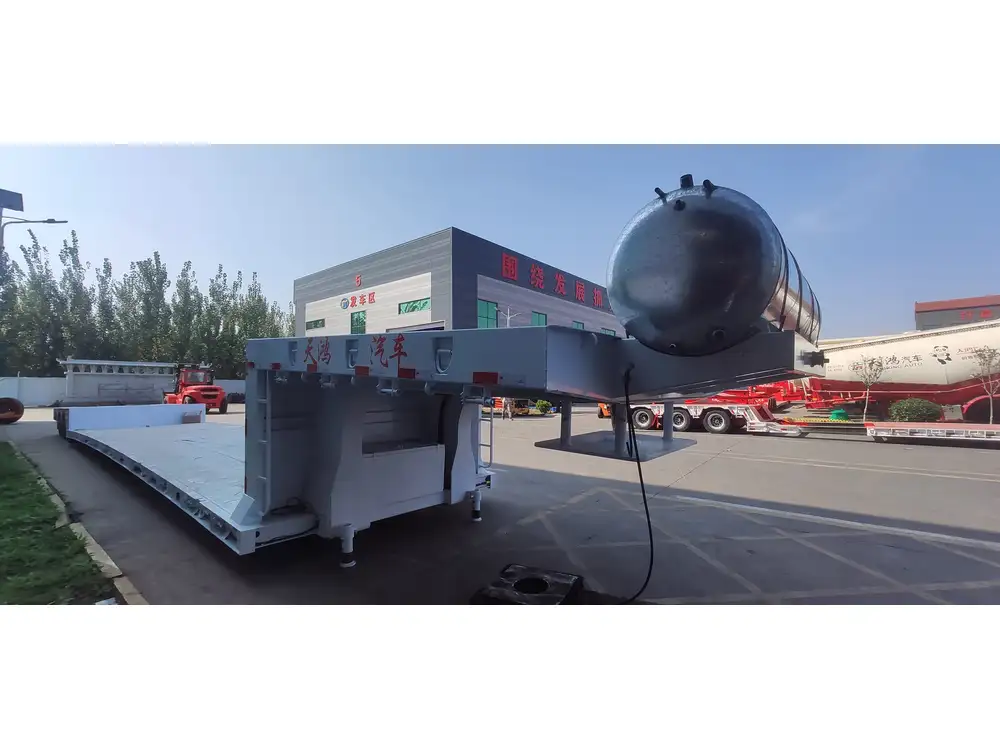
2. Key Terminology
Familiarize yourself with relevant jargon to communicate effectively and comprehend driving instructions:
- Blind Spot: Areas around the trailer not visible in mirrors.
- Chock: A wedge-shaped device used to prevent movement.
- Cut-in: The angle created by the cab as it turns towards the parking space.
Understanding these terms can drastically improve your communication with other drivers and help you follow instructions more accurately.
Preparing to Back the Semi-Trailer
1. Conduct a Walk-Around Inspection
Prior to making any maneuver, it’s essential to perform a thorough walk-around inspection. This check should include:
- Reviewing the condition of the tires for any signs of deflation or damage.
- Ensuring the trailer is properly loaded, distributing weight evenly to prevent swaying.
- Checking lights and reflectors for proper functioning.

2. Situational Awareness
Intensify your situational awareness before performing the backing maneuver. Scan the area for potential hazards including pedestrians, other vehicles, and fixed obstacles. Recognizing these factors will help in making informed decisions during the maneuver.
3. Positioning the Tractor
Before you begin backing up, position the tractor unit strategically:
- Align your vehicle parallel with the spot where you intend to back.
- Ensure that you have adequate space to make the necessary cuts.
- Activate your turn signal to indicate your intention to maneuver.
Mastering the Backing Technique
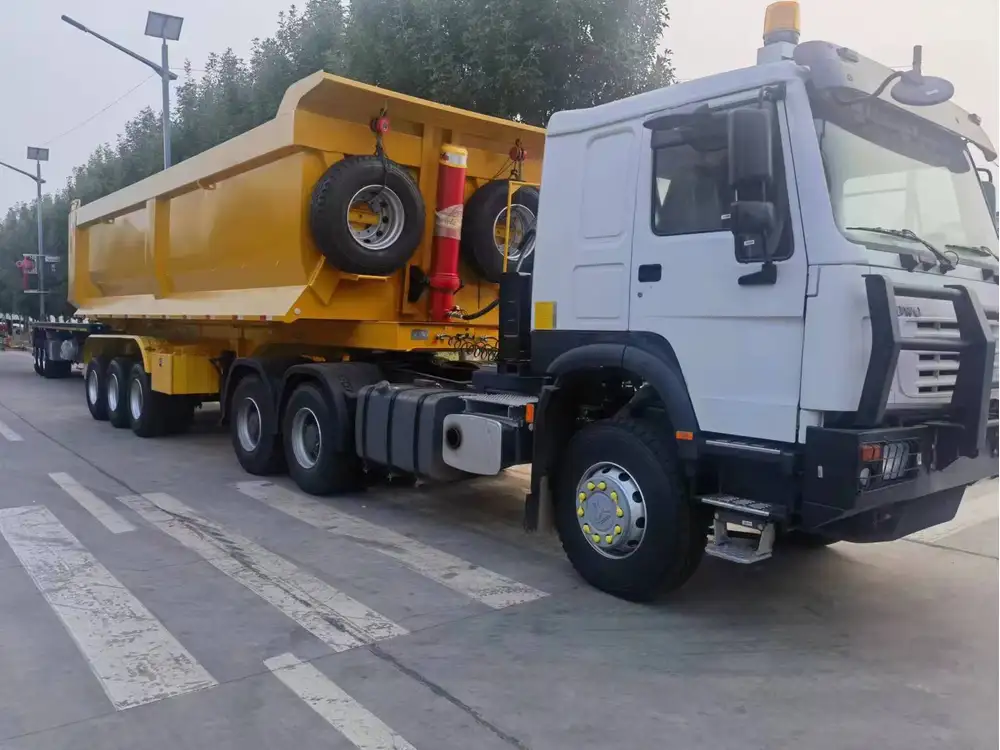
1. The 90-Degree Backing Maneuver
For most tight spots, especially loading docks, a 90-degree backing maneuver is required. Here’s how you can do it effectively:
Step-by-Step Instructions
Signal Your Intent: Always communicate your plans to those around you.
Steer Away: Pull the tractor unit away from the trailer’s intended direction but ensure you do not cut too sharply. About 45 degrees is ideal.
Use Your Mirrors: Continuously check your side mirrors. Adjust your perspective by looking over your shoulder frequently to maintain a full view.
Start to Reverse: Shift into reverse and slowly back up. Turn the steering wheel towards the side of the trailer that needs to move in.
Gauge Your Progress: Keep an eye on the trailers’ back corners via your mirrors. Look for the spot line to form at the back of the trailer, ensuring it aligns with your target.
Counter Steer: If the trailer starts to move away from the desired path, steer in the opposite direction to correct.
Finalize the Maneuver: Move slowly and continue to look at your surrounding spaces until you have fit the trailer into the spot fully. Do not hesitate to pull forward gently if more adjustments are needed.
2. The “S” Curve Method
In some situations, the S-curve derived backing method comes in handy, particularly in curved spaces.
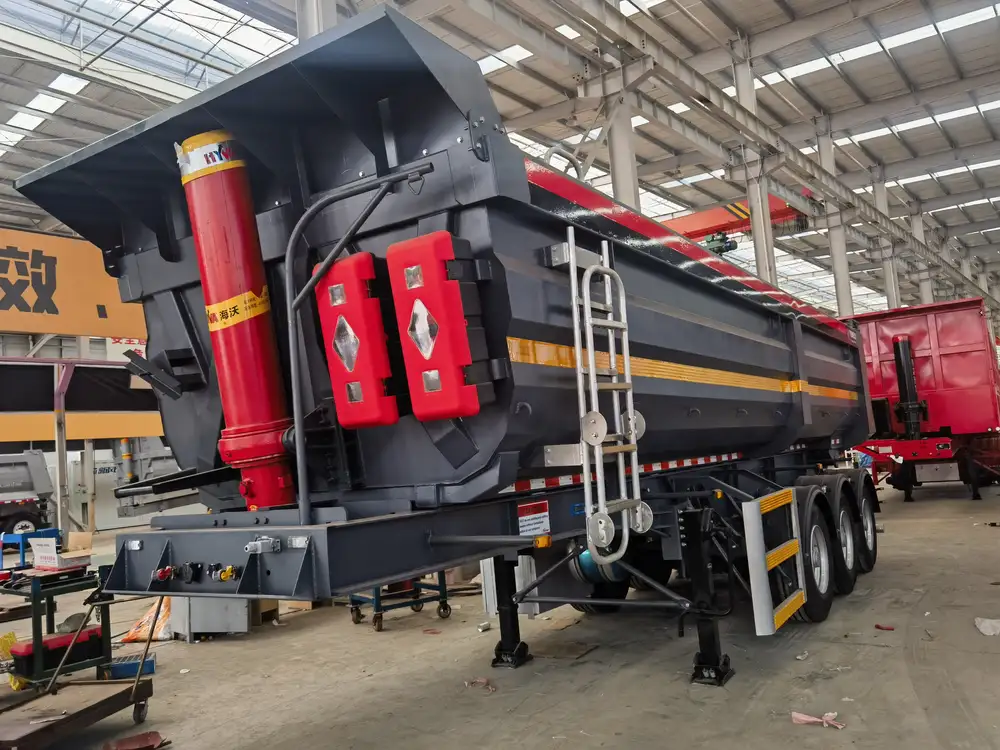
Instructions for the “S” Curve
- Start by positioning your tractor unit parallel to the back of the spot.
- Turn the wheel away from the direction you want the trailer to go.
- As your trailer begins to swing in, switch to turning the wheel towards the spot.
- Watch the mirrors carefully to avoid hitting obstacles.
- Continue this rhythm until you have positioned the trailer.
Troubleshooting Common Issues
1. Tackling Blind Spots
Blind spots can create serious challenges when backing up. Adhering to the following techniques can improve visibility:
- Utilize Spotters: If possible, have a colleague assist you by guiding you verbally or with hand signals.
- Use Technology: Consider utilizing backup cameras or mirrors specifically designed for large vehicles to minimize blind spots.
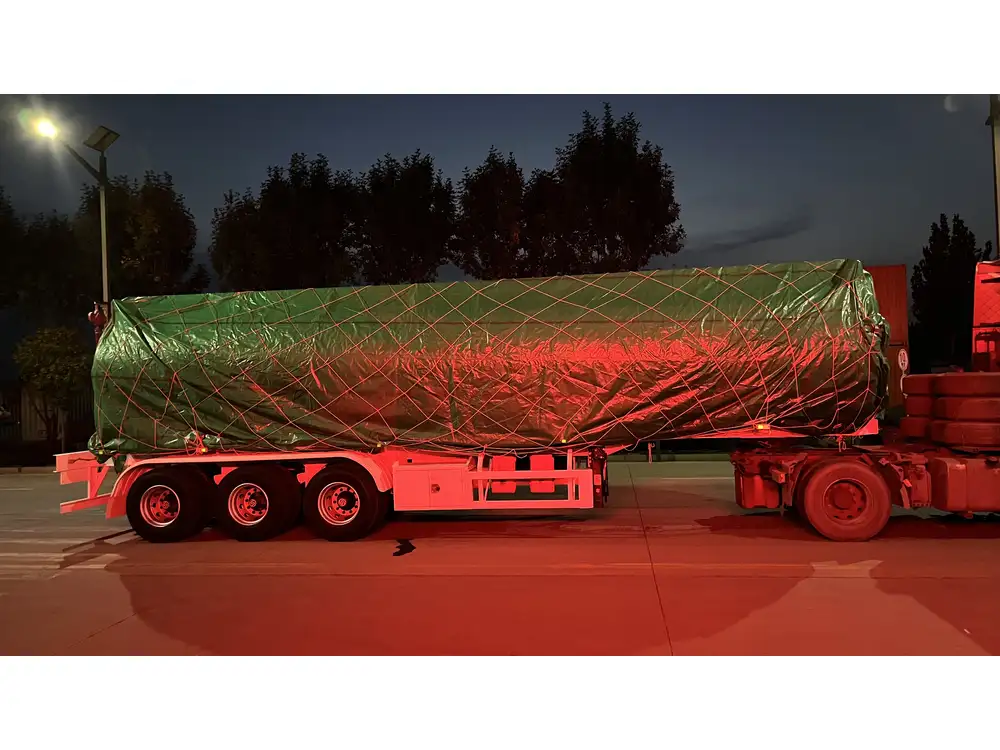
2. Misaligned Trailer
Sometimes, despite best efforts, your trailer may end up misaligned. Here’s how to handle it:
- Forward Adjustment: Pull forwards slightly and reassess your alignment based on the spot you need to achieve.
- Slow and Steady: Always prioritize slow movements. Rushing creates misjudgments.
3. Dealing with Poor Visibility
Nighttime or inclement weather conditions may diminish visibility, making backing much more difficult. To handle this:
- Use Daytime Lights: Ensure all exterior lights are operational.
- Avoid Rushing: Give yourself ample time to maneuver at a cautious speed.
- Frequent Stops: Pause occasionally to review your position before continuing.
Best Practices for Successful Backing
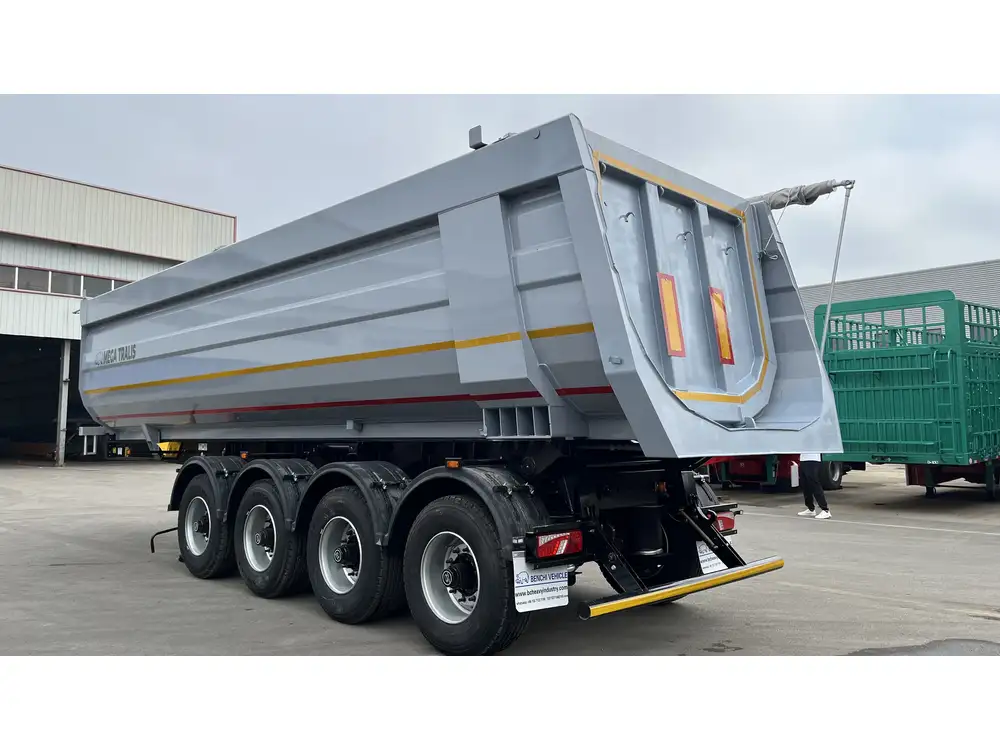
1. Practice Regularly
The more frequently you practice, the more comfortable you become. Create a simulated backing environment, such as an empty lot, to enhance your skills.
2. Understand Surroundings
Knowing the layout of loading docks or parking lots beforehand can vastly improve your navigation. Pay attention to signs and standardize routes.
3. Patience and Calm
Stay calm under pressure. If you feel stressed or rushed, take a moment to regain composure rather than making a hasty decision which could lead to accidents.
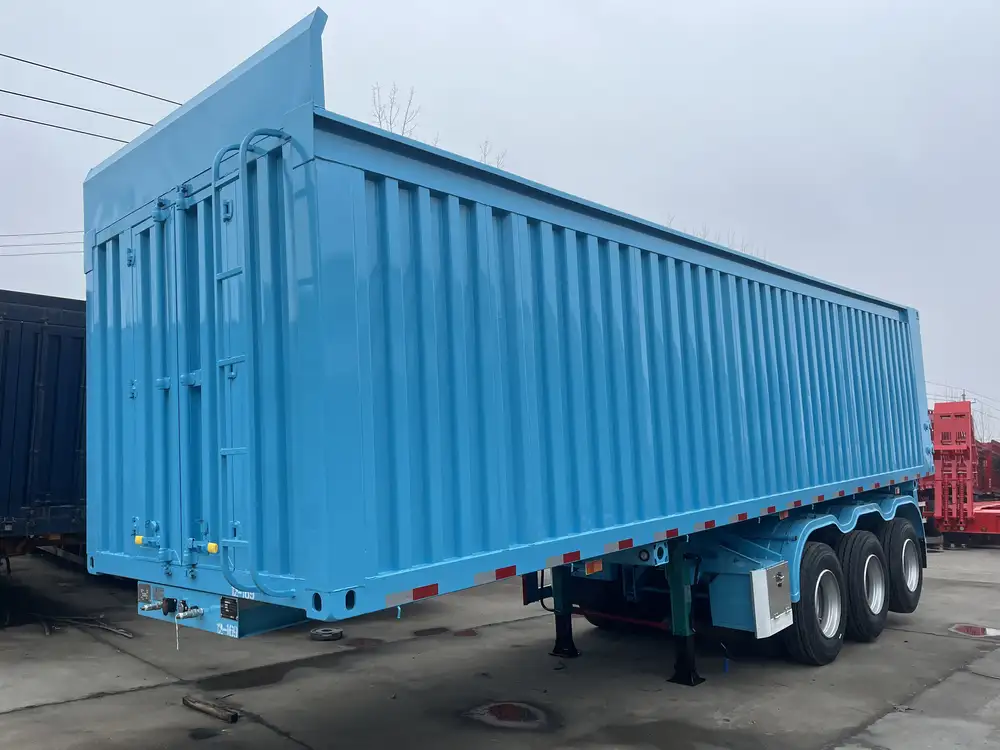
Recap and Key Takeaways
- Preparation Is Key: Conduct inspections, keep alert, and position correctly before attempting to back.
- Use Mirrors and Look Around: Consistently assess your surroundings.
- Stay Slow and Steady: Rushing invites mistakes; take your time.
- Embrace Practice: Regular practice hones your skills and builds confidence.
By following these guidelines and techniques, you’re well on the path to mastering the critical skill of backing a semi-trailer into a spot. As you develop these competencies, you’ll not only enhance your efficiency but also cultivate a reputation for professionalism on the road.



